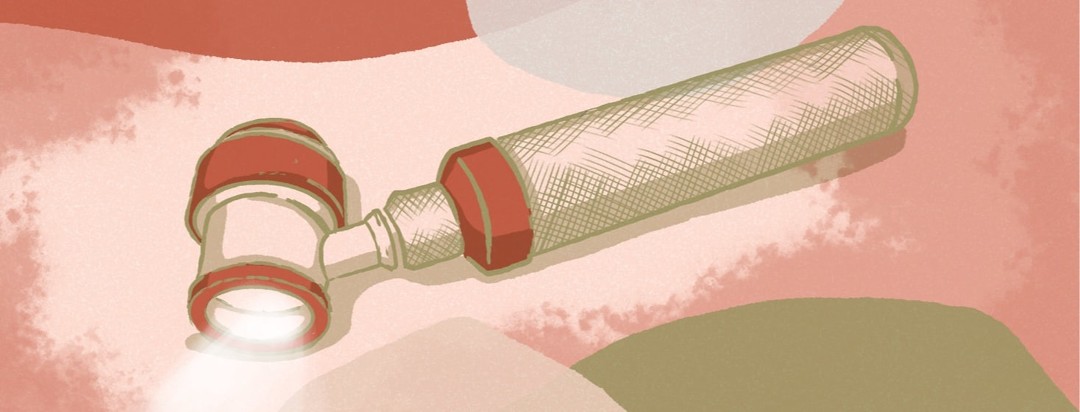Pityriasis Rubra Pilaris Versus Psoriasis
When diagnosing psoriasis, it’s important that differential diagnoses are explored as well. This means making sure that any other skin disease that could be confused with psoriasis is explored, to make sure the final diagnosis is correct. One skin disease that is commonly confused with psoriasis is pityriasis rubra pilaris.
What is pityriasis rubra pilaris?
Pityriasis rubra pilaris (PRP) is actually a group of skin conditions that cause constant skin inflammation and scaling. It can occur in both adults and children, and for many people, it is not inherited and the cause remains unknown. There are different kinds of PRP that are inherited.
Symptoms of pityriasis rubra pilaris
Symptoms of PRP can vary among individuals and often get worse over time, affecting the skin, eyes, mucous membranes, and nails. Specific symptoms can include:
- Redness and scaling of skin and scalp, which can turn into itchy, orange-red plaques; often on knees, ankles, hands, elbows, and feet
- Thickening of the skin on palms and soles
- Thinning of hair
- Thickening or discoloration of nails
- Eye dryness
- Mouth irritation and plaques
- Persistent pain, itching, or sleep disturbances that affect the quality of life
Treatment options
Treatment of PRP can be difficult and often vary depending on the individual and specific symptoms. Topical therapy options like corticosteroids and tretinoin may be used, especially for mild PRP. If the PRP is more severe, or there are other symptoms present, oral retinoids may be used, or immune system suppressant drugs.
When PRP presents in atypical ways, it may be mistaken for psoriasis, even when biopsies are taken and looked at under a microscope. Multiple biopsies may be needed to confirm an accurate diagnosis. Dermoscopy, a noninvasive way to examine skin using surface microscopy, can be a better, more accurate way to tell the difference between the two conditions.
Psoriasis and its diagnosis
Psoriasis often presents as thick, red, scaly skin plaques. The plaques are usually well-defined and sometimes have skin over it that has a white or silver sheen. In some people, these plaques are very itchy and are found on the elbows, lower back, face, knees, and scalp – but psoriasis can also affect the palms of the hands, soles of the feet, and thicken or whiten the nails. This describes plaque psoriasis, the most common type of psoriasis, although there are other kinds.
Treatment of psoriasis
Treatment for psoriasis can be a combination of things, including biologic therapies, oral or injected medications, light therapy, or topical creams. Treatment depends on the kind of psoriasis you have, as well as your symptoms.
Sometimes people with psoriasis are mistakenly diagnosed with pityriasis alba, which is a common skin disorder involving patches of light-colored skin. These patches usually start as reddish scaly patches, and after those patches resolve, they turn light-colored. It’s important that a provider rule out any other possible skin conditions when looking at a potential diagnosis of psoriasis.
Diagnosing psoriasis versus PRP
Because the main differential diagnosis of PRP is psoriasis, it’s important to thoroughly examine an individual presenting with symptoms. Since even biopsies of the two conditions can be inconclusive, dermoscopy has been shown to show promise in differentiating PRP from psoriasis. Dermoscopy is also known as dermatoscopy or skin surface microscopy and uses an instrument called a dermatoscope or dermascope that has a light source and magnifying optics. This instrument helps the physician see skin structures under the surface that the naked eye cannot see. It can also help the physician identify skin lesions that are benign and cancerous since the instrument can provide a visual of colors and structures that are not otherwise seen.
On dermoscopy, PRP typically has a central hair, follicular plugs, and perifollicular yellow-orange halos, along with no vascular structures. Psoriasis usually has dotted vessels that are regularly distributed and white scales. Dermoscopy can provide physicians with another diagnostic tool to ensure an accurate diagnosis is made. Even among different populations and ethnicities, the characterizing features of PRP and psoriasis remained the same.
Things to think about
If you think you have symptoms of psoriasis, talk with your doctor about whether dermoscopy is available. It’s important that you get an accurate diagnosis of your skin condition so that you can get appropriate treatment and symptom relief, and in turn improved quality of life

Join the conversation